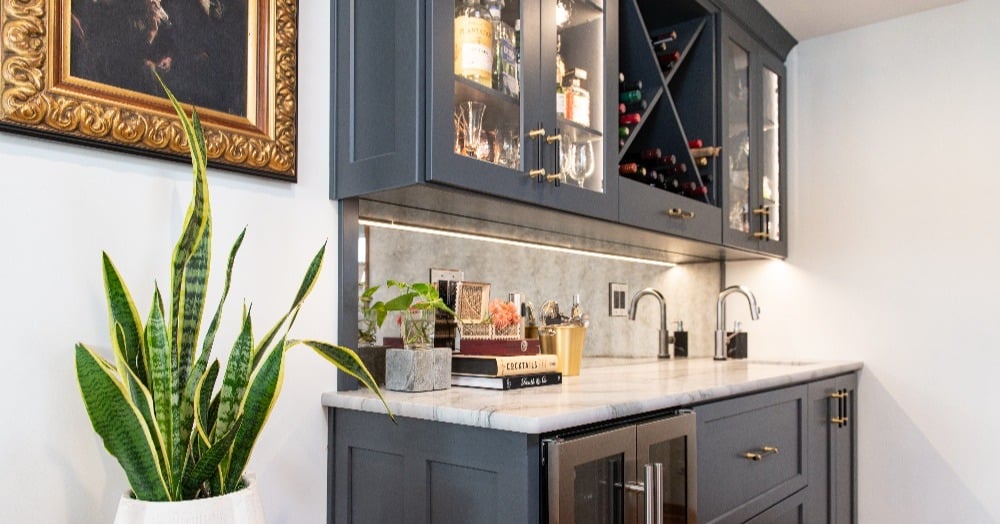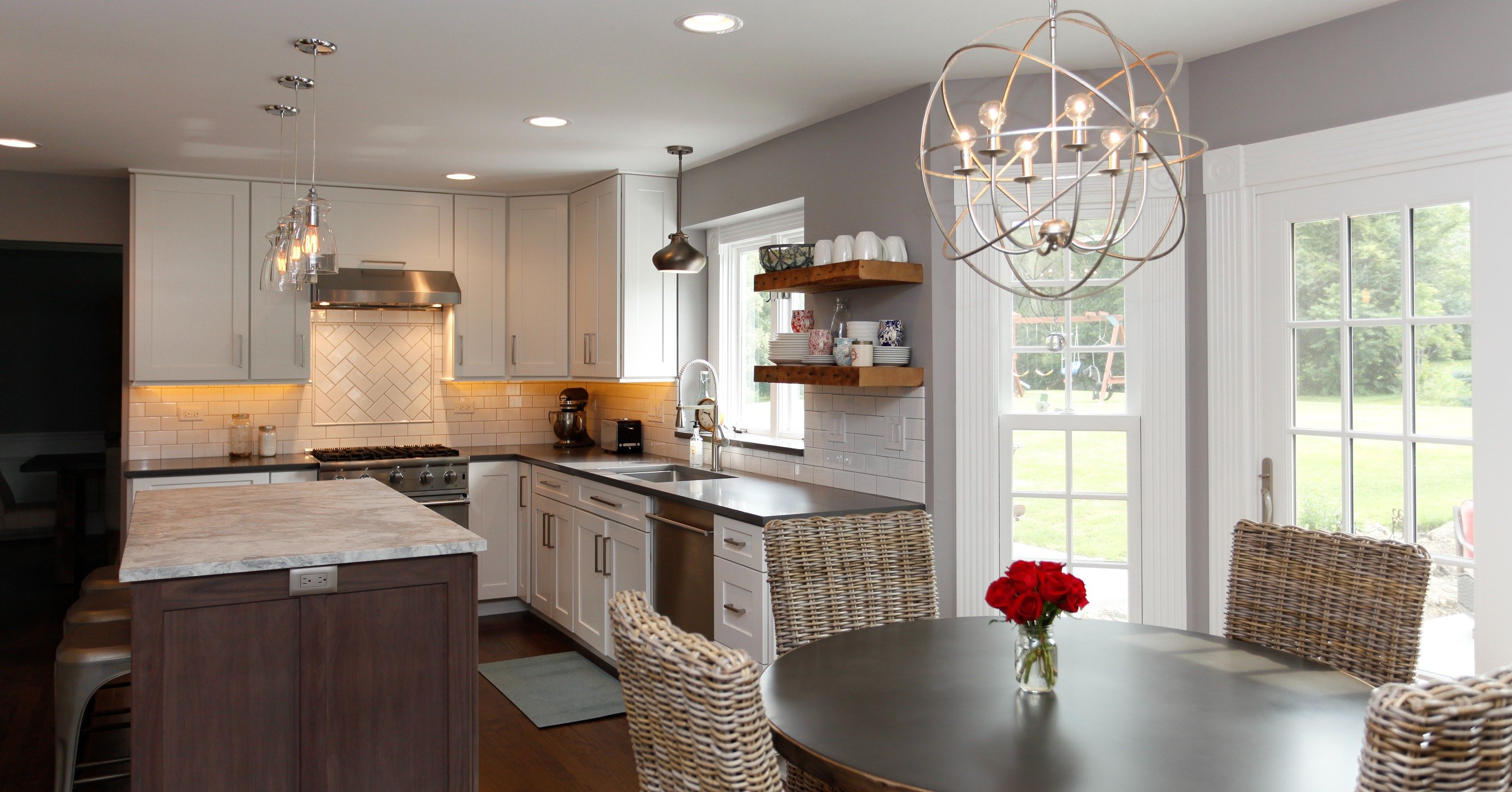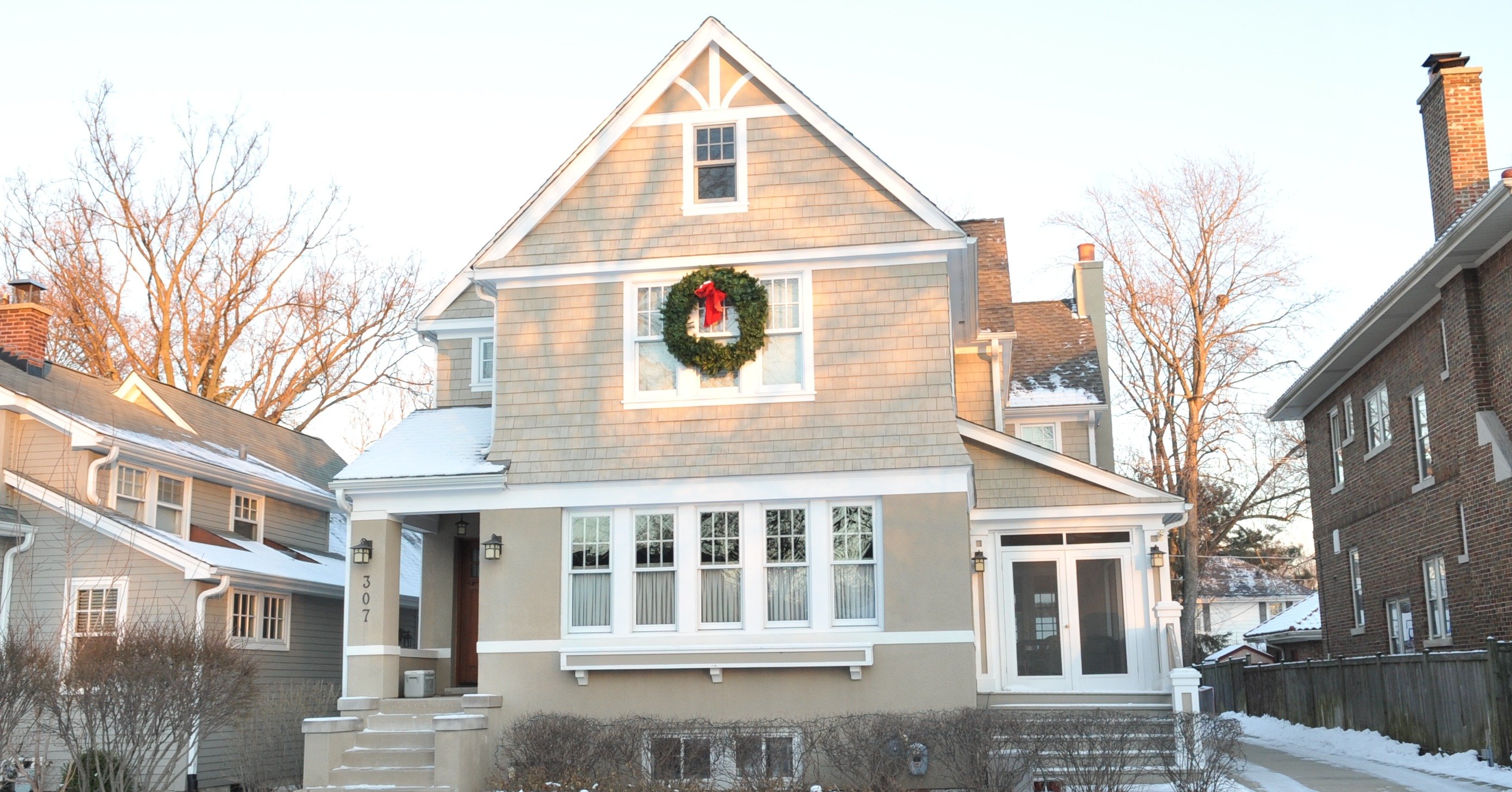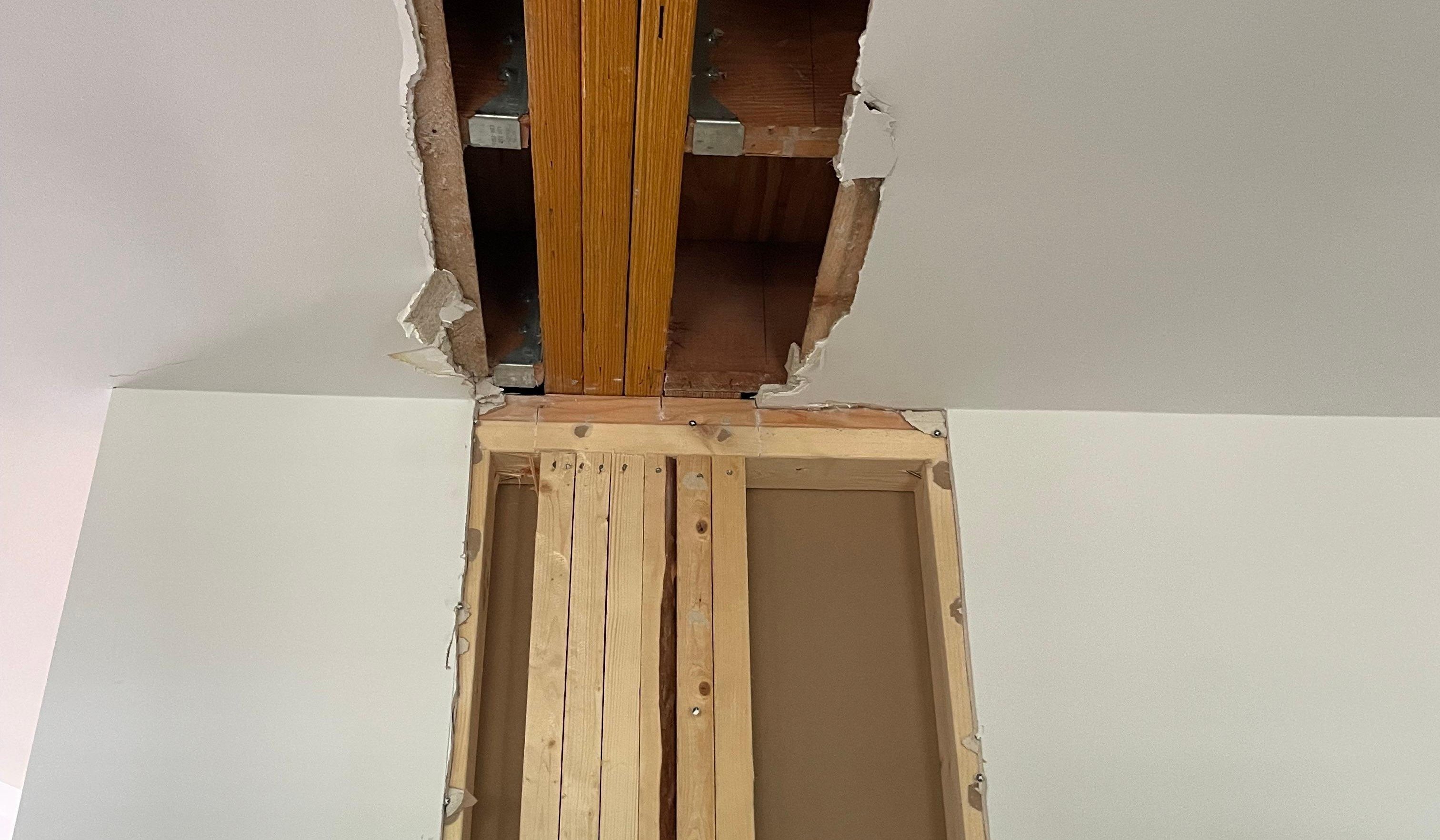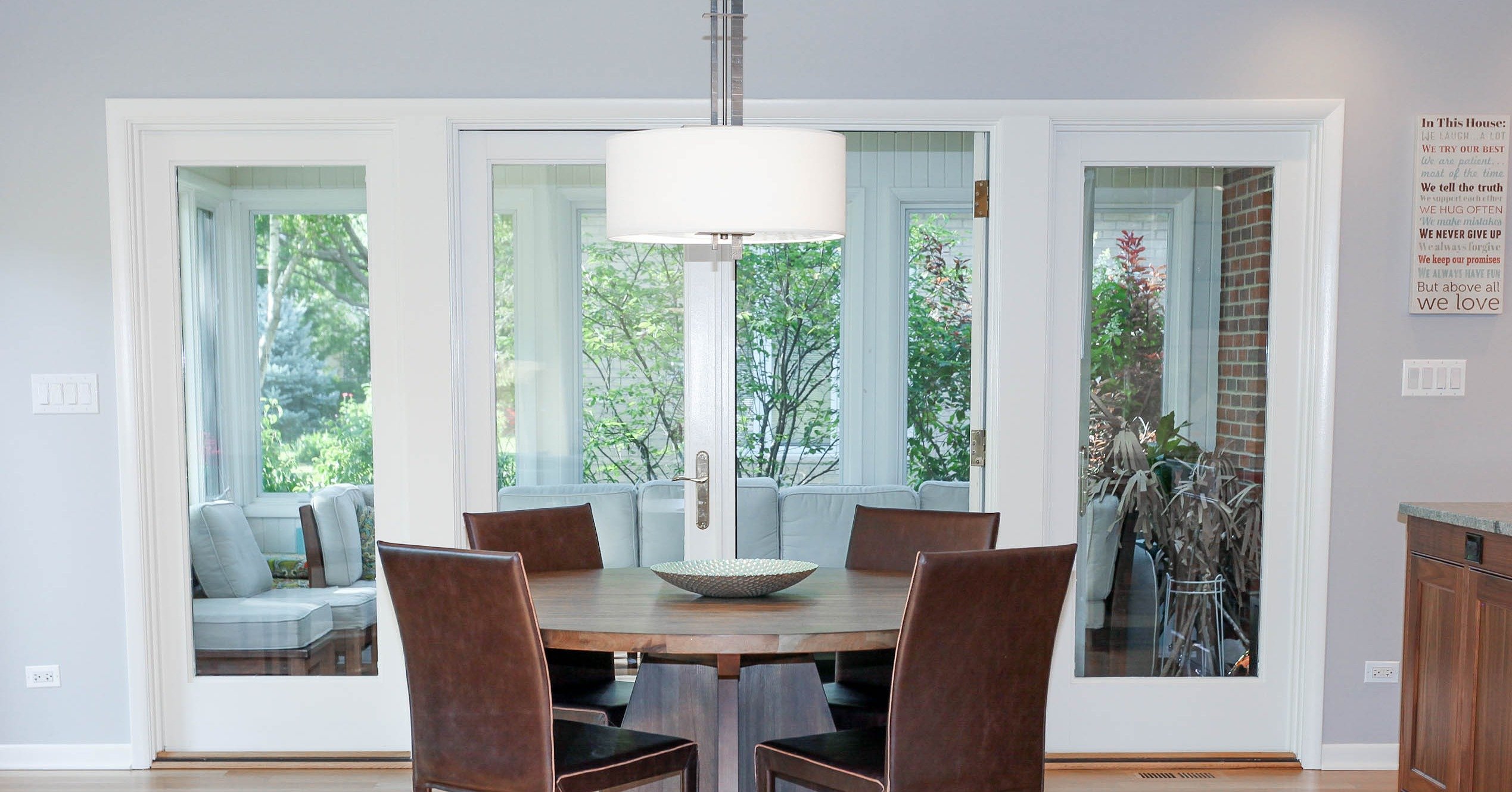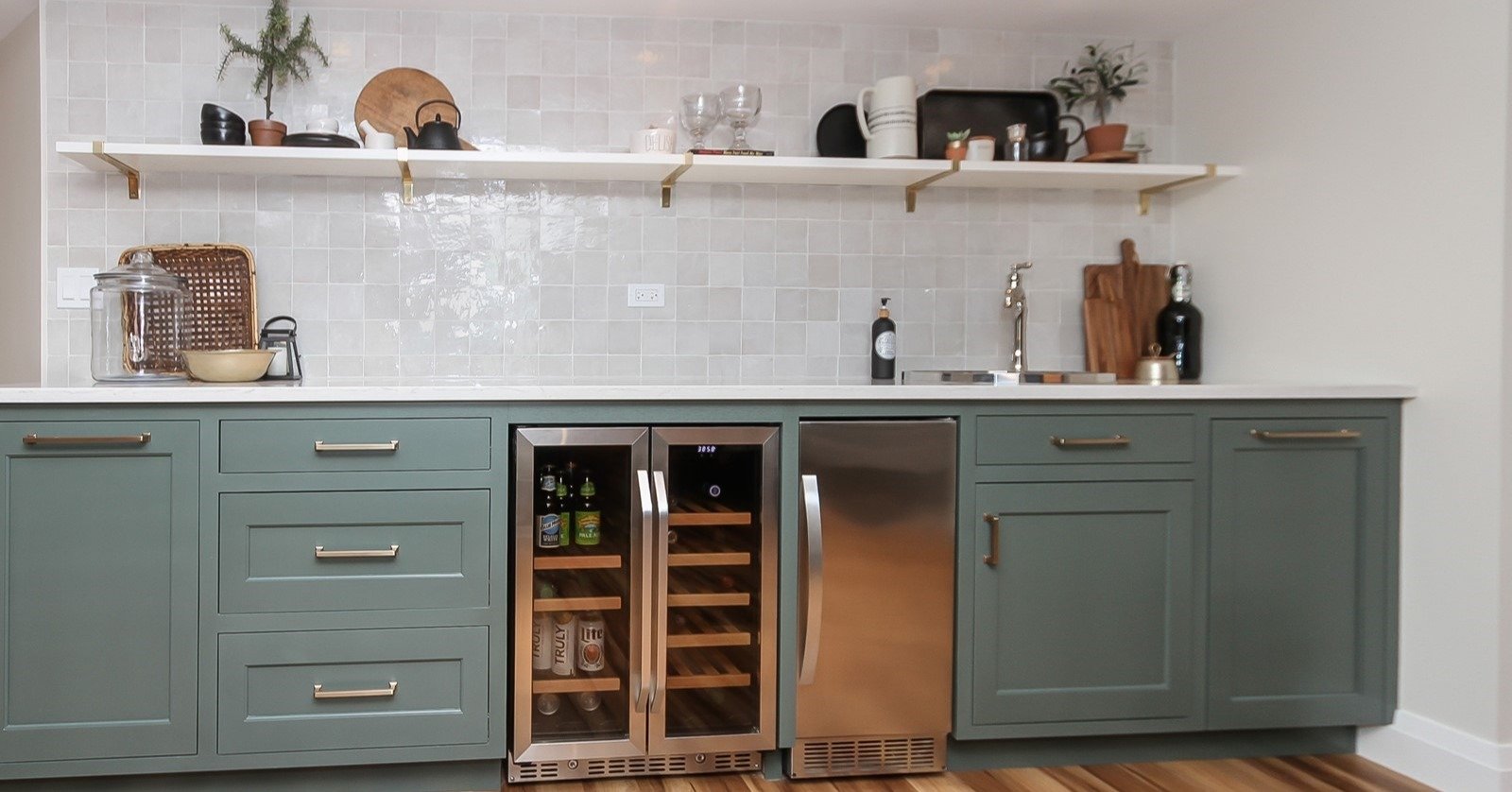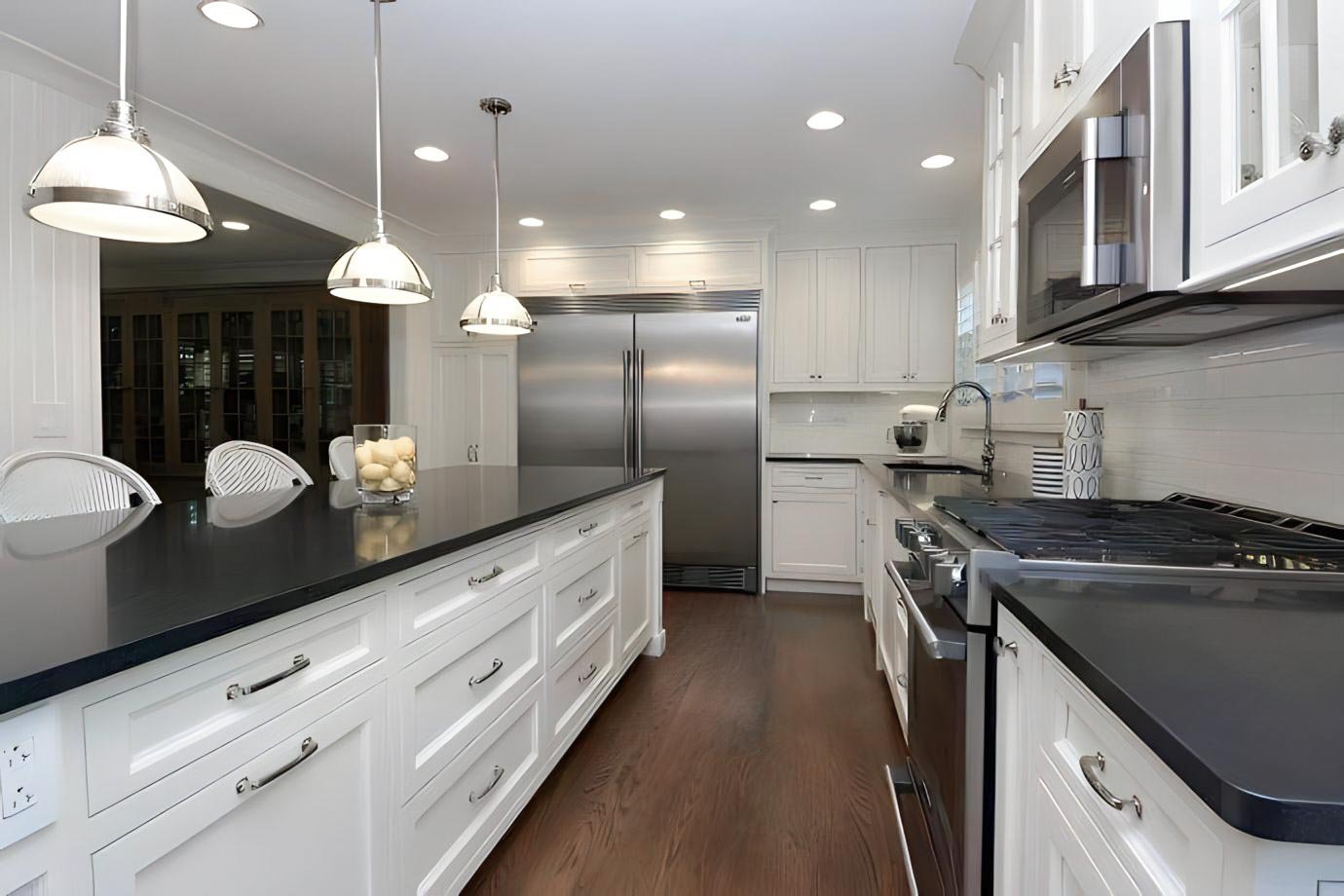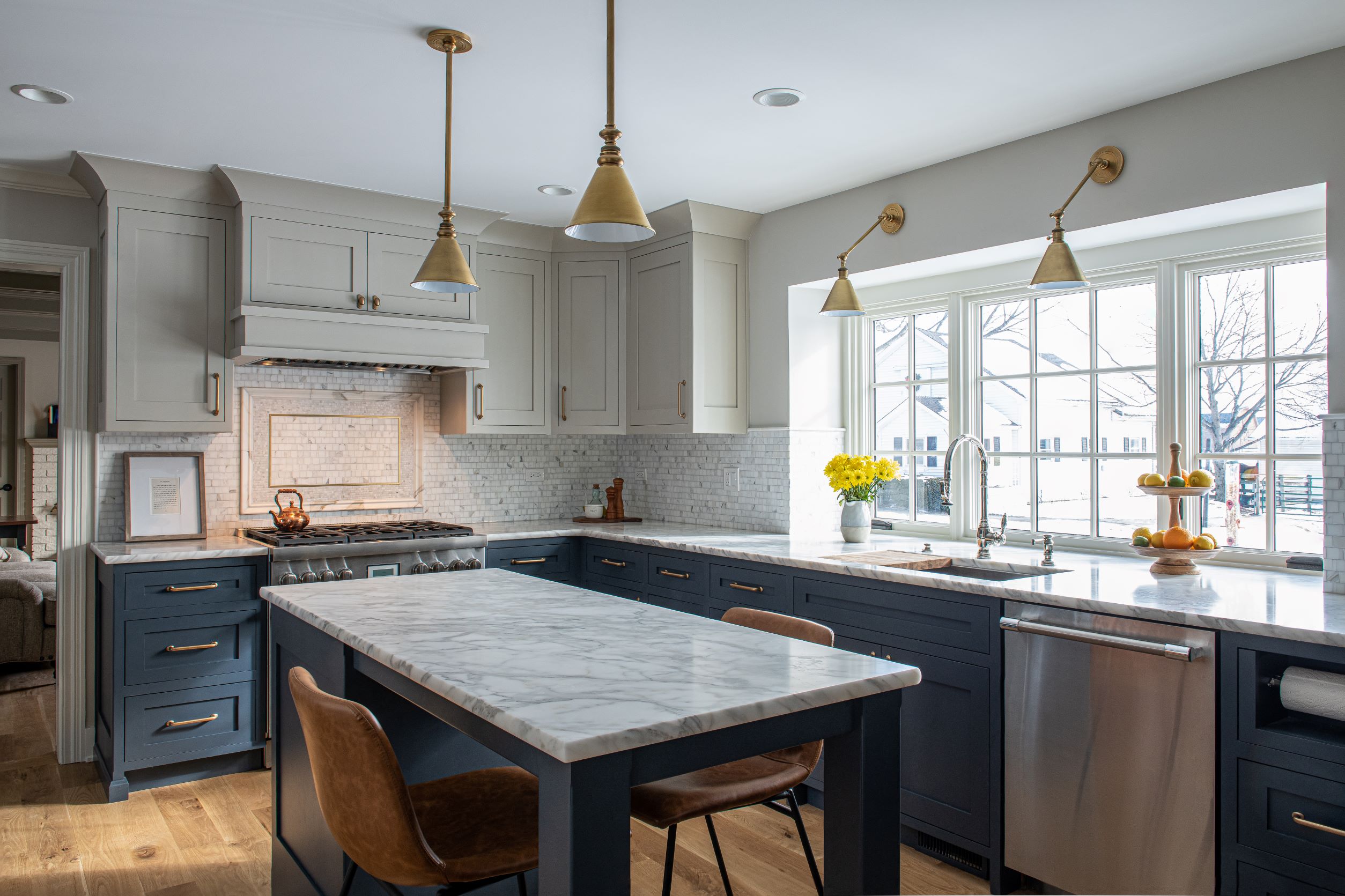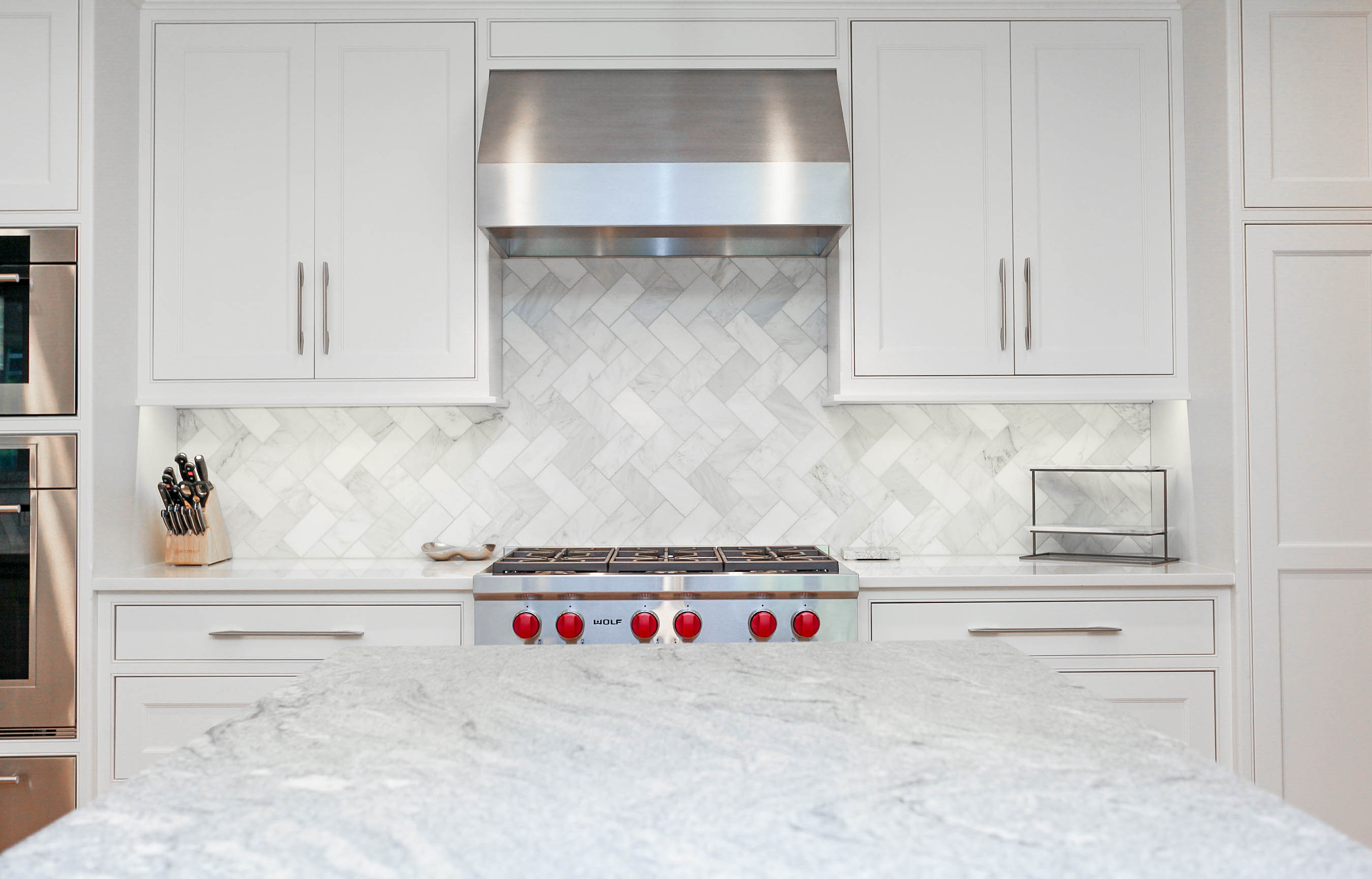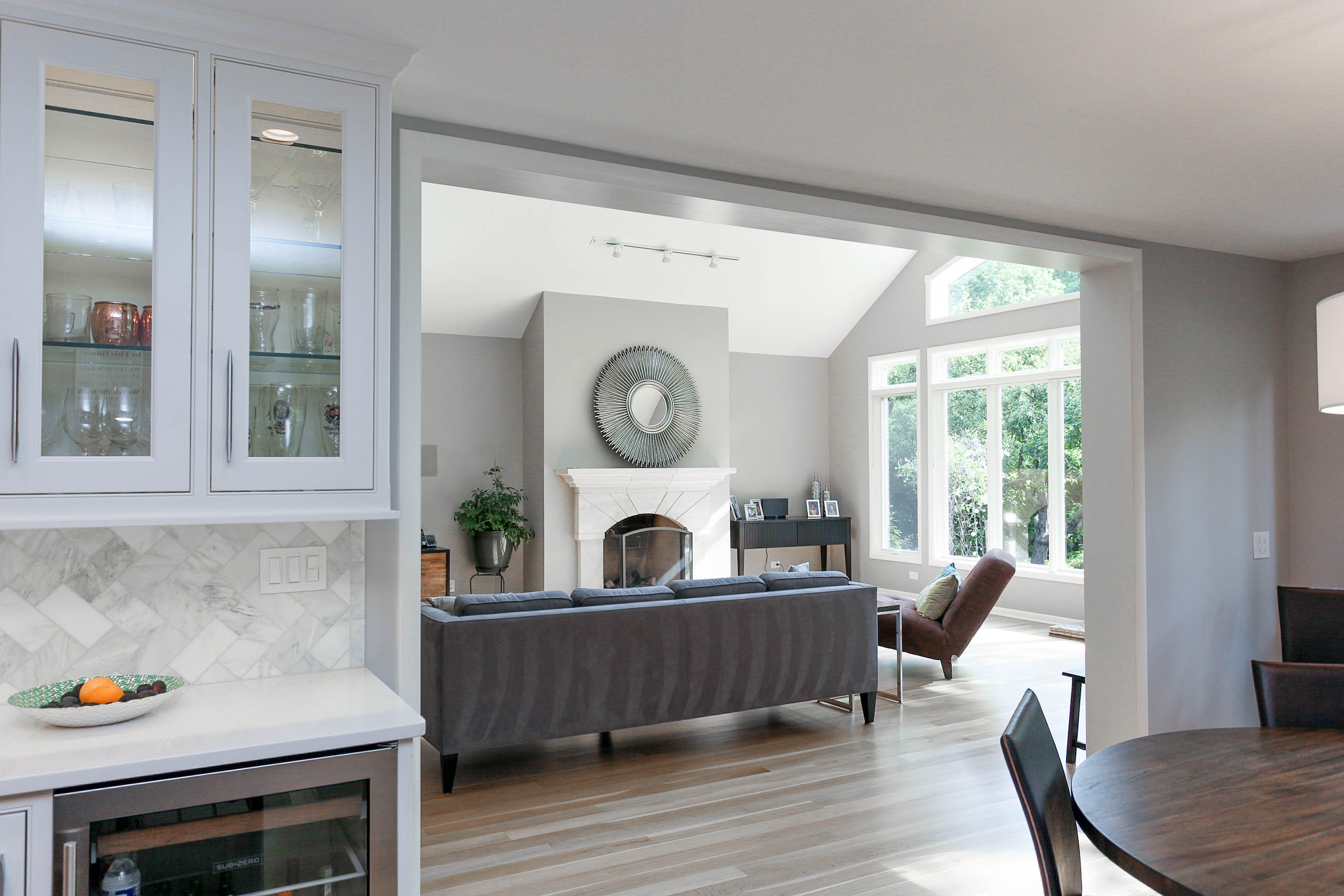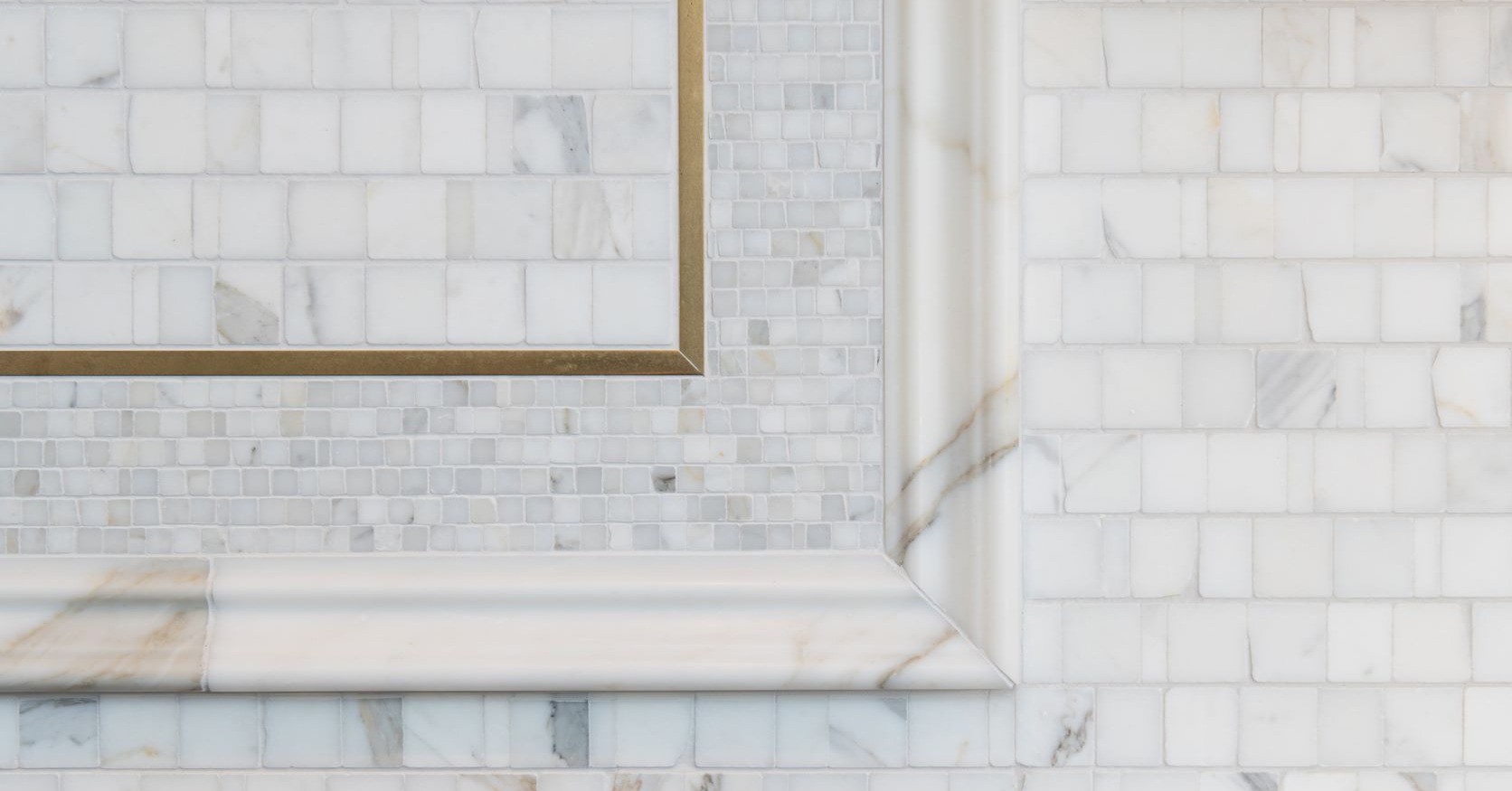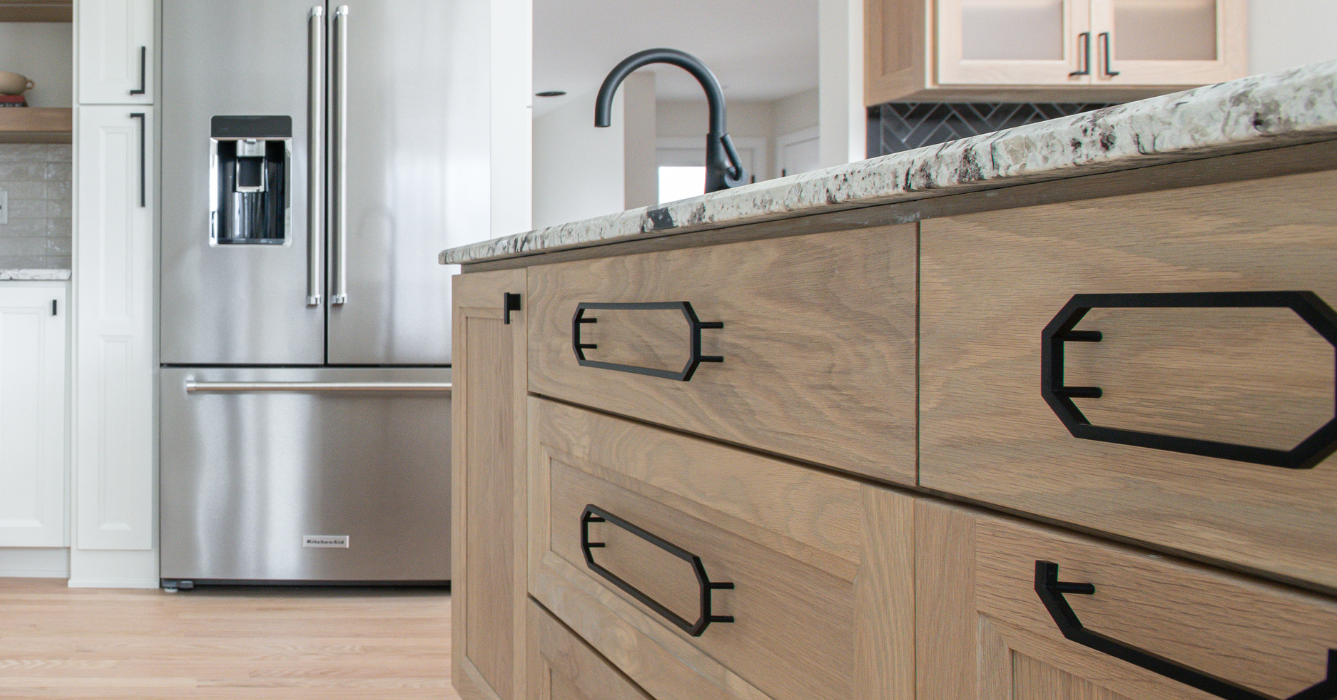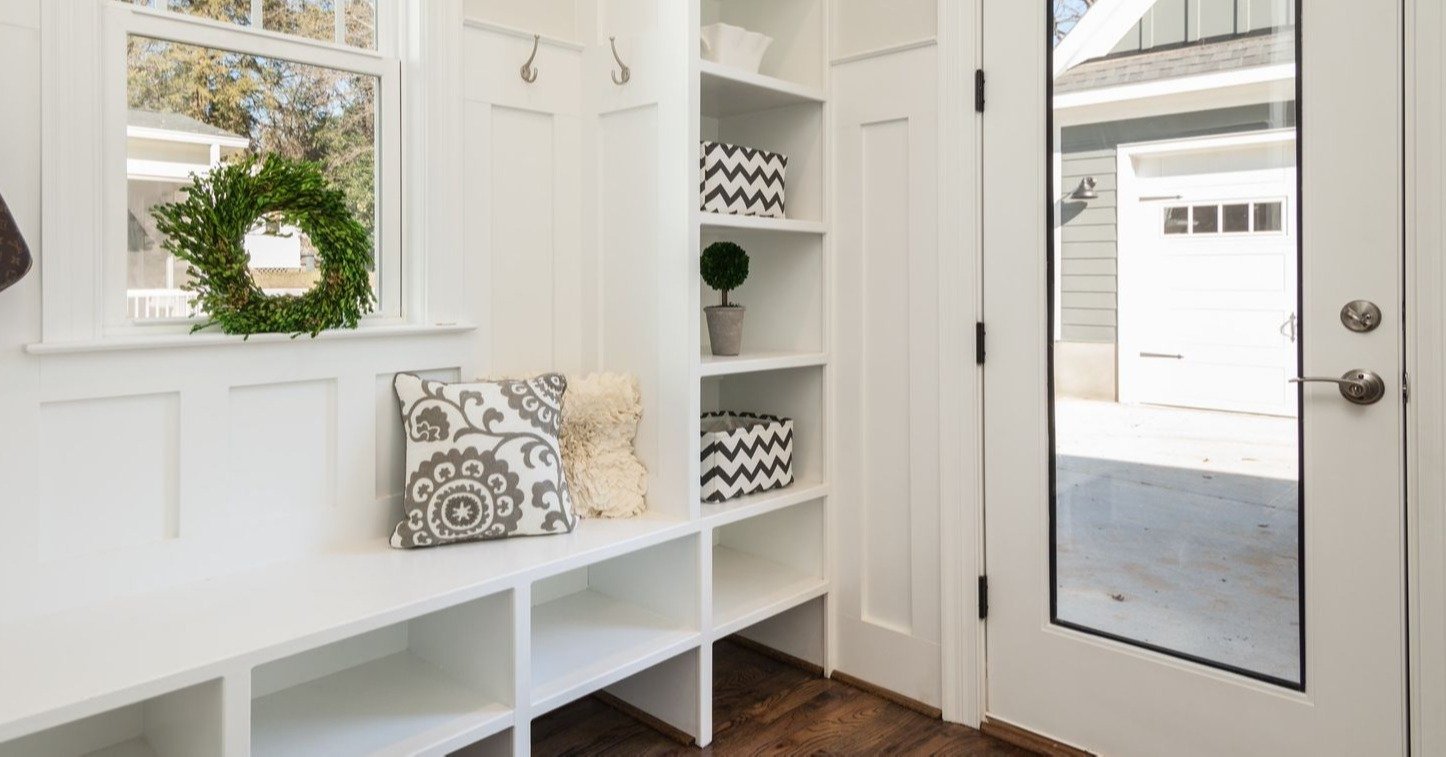Older Home, New Life: Top 6 Things to Consider Before You Buy an Older Home

The allure of older homes, rich in history and architectural details, is undeniable. These beauties often boast one-of-a-kind features like custom built-ins, stained glass windows, top-quality building materials, and craftsmanship that is hard to find today. However, it's important to be aware of the potential downsides that come with these vintage gems.
This blog post will help you navigate the exciting (and sometimes challenging) world of older homes. We'll explore key considerations before you buy, helping you navigate potential hurdles while ensuring the home's unique character endures for years to come. So, if you're considering a charming old house, let's ensure you make a well-informed decision!
The Pros of Purchasing an Older Home
Budget Considerations
While the upfront purchase price of an older home might be lower, these charming structures often require some TLC. It’s likely the older house will need substantial upgrades. For example, additional outdoor drainage, new roofing, and mechanical upgrades, such as the electrical and plumbing systems, are crucial. While the initial affordability can be a major advantage, especially for first-time homebuyers, it is important to budget for these upgrades from the beginning.
Built to Last
The saying "they don't build 'em like they used to" holds some truth. Older homes were often constructed with high-quality building materials, including solid wood framing from old-growth trees known for their strength and durability. This translates to a sturdier structure that can withstand the test of time.
Sound and Temperature Control
Plaster walls, a common feature in pre-mid-century homes, offer significant advantages. Their thickness provides superior insulation, keeping the home cooler in the summer and warmer in the winter, potentially leading to lower energy bills. Additionally, plaster acts as a natural sound barrier, minimizing noise transfer between rooms and from outside, creating a quieter and more peaceful living environment.
Unique Character
Older homes often boast distinctive architectural styles and features that are hard to replicate in new builds. Think intricate molding, wood-burning fireplaces, arched doorways and windows. These features add a touch of history and personality that's hard to find in new construction.
Established Neighborhoods
Older homes are often situated in well-established neighborhoods with mature trees, wider streets, and a sense of community. These areas are often close to amenities like parks, shops, and schools, offering a walkable and convenient lifestyle.
Potential for Investment
With careful renovations and upgrades, older homes can appreciate significantly in value. Restoring original details and incorporating modern amenities can create a unique and desirable property for you and your family to enjoy for years to come. Taking resale into consideration years down the road, potential buyers will be grateful for the substantial upgrades you have made, all while maintaining the historic charm.
What Should I Look Out For When Buying an Older Home?
1. Foundation and Basement
The charm of an older home often extends to the basement, offering additional storage or potential living space. However, basements in homes built before the last 25-30 years may lack modern moisture control features, leading to possible seepage through walls and floors.
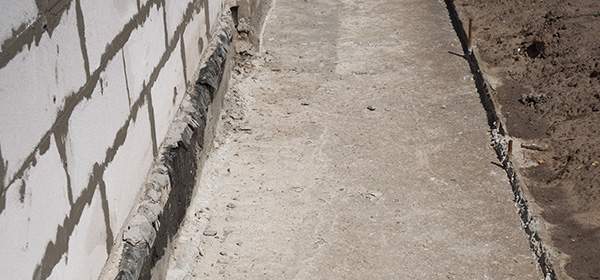
Here's what homeowners need to watch for and consider:
Water seepage: Older basements may show signs of water intrusion, like damp patches or minor cracks in the walls or floor. This can be addressed by installing proper drainage systems.Drainage solutions: French drains, which are narrow trenches with perforated pipes buried around the foundation perimeter, can help collect and divert groundwater away from the house. Additionally, pop-up drainage systems that connect gutters and downspouts to an underground network can further prevent water pooling near the foundation.
Grading: The slope of the ground around the house should direct water flow away from the foundation. Regrading the soil around the perimeter can be a proactive solution to prevent future moisture problems.
Ceiling height: Basements in older homes often have lower ceilings. If you plan to finish the basement for living space, consider the practicality of the ceiling height. At 6 or 7 feet, extensive use of the space might be limited. To maximize perceived spaciousness, explore alternative finishing options besides drywall. Drywall requires framing that can eat into the already limited headroom. In older homes, people often choose to leave the ceiling exposed and paint it black to maximize the basement head height.
Foundation Issues & Cracks: The foundation is one of the most important aspects to inspect in an old home. Cracks are a common occurrence, but the severity can vary. Fine hairline cracks may not be a major concern, but larger cracks or those exhibiting movement can indicate larger structural issues. A professional inspection, ideally by a structural engineer, is crucial to assess the foundation's health and determine if repairs are necessary.

2. The Roof
When buying an older home, a thorough roof inspection is essential. Here are some key aspects to consider to avoid unexpected and costly repairs down the road:
Age of the Roof: Knowing the roof's age is important. Asphalt shingles typically last around 20 years, while metal or slate roofs can last much longer. A roof nearing the end of its lifespan will likely require replacement in the near future, which will affect your overall budget.
Maintenance History: Inquire about the roof's maintenance history. Regular inspections and minor repairs can extend a roof's lifespan, and missing maintenance records could indicate potential problems.Signs of Water Damage: Look for both interior and exterior signs of water damage. Interior signs include stains, peeling paint, or warped ceilings, while exterior signs include missing or damaged shingles, moss growth, and rusty flashing around chimneys or vents. Water damage can lead to structural issues and expensive repairs.
Attic Ventilation: Proper attic ventilation prevents moisture buildup and heat damage. Look for vents in the soffit (under the eaves) and the roof peak. If the home has inadequate ventilation, it could lead to premature roof deterioration.
Structural Issues: In some older homes, the roof framing may not have been designed to handle the weight of the roof itself, especially if the home has settled significantly. This can cause the roof to “splay.” A professional home inspection can identify structural concerns, recommend necessary repairs, or advise to re-engineer the roof's framing.

3. Mechanical Systems
The mechanical systems in an older home can be a potential source of concern. Here's what to keep an eye on:
Plumbing: Older homes may have outdated plumbing materials like cast iron, lead, and clay.
- Cast Iron Pipes: While durable, cast iron pipes can be prone to leaks, calcification, and corrosion over time.
- Lead Pipes: A serious health hazard, lead pipes can leach lead into your drinking water. Lead exposure is especially dangerous for children and pregnant women.
- Clay Pipes: This pipe material was once a common choice for connecting homes to water mains or sewer lines. Unfortunately, clay has a downside: it's prone to cracking. These cracks create an open invitation for tree roots, which can easily grow into the pipes and cause blockages. The potential result? A backup of sewage in the basement.
Electrical System: The electrical wiring in an older home may not meet current safety standards. Cloth-wrapped wiring, commonly used in the past in knob and tube wiring, can deteriorate over time and become a fire hazard. Ensure the home's electrical panel is up to code and can handle the power demands of modern appliances. Additionally, modern safety features like Ground Fault Circuit Interrupters (GFCI) in kitchens, bathrooms, and exteriors should be present to satisfy safety code standards.
Heating, Ventilation, and Air Conditioning (HVAC System): Many older homes may lack central air conditioning. While adding a traditional AC system can be disruptive and require extensive ductwork installation, there are space-saving alternatives. Spacepak air conditioning systems are specifically designed for retrofitting older homes and utilize smaller ducts that can be installed in ceilings or walls, minimizing the need for demolition.
A thorough inspection by a qualified professional is crucial to assess the condition of your home's mechanical systems and identify any potential issues that may require repair or replacement.

Above Image: Example of knob and tube electrical wires on a home renovation site.
4. Sewage System
The cost of replacing a failing septic system can be significant. Similarly, repairs or replacements to a damaged city sewer line can be disruptive and costly. Understanding the type of system present and its condition is crucial for making informed decisions about purchasing an older home. Here are some things to keep in mind:
Septic System: Many older homes, particularly those outside city limits, may use a septic system for waste disposal. A septic inspection by a professional is vital to assess the system's health. Key factors to consider include:
- Maintenance History: Regular maintenance, including pumping and cleaning the septic tank, is key for optimal function. A lack of maintenance records could indicate potential problems.
- System Capacity: Ensure the septic system is sized appropriately for the home and the number of occupants. An overloaded system can lead to backups and costly repairs.
City Sewer System: If the home connects to a city sewer line, a sewer line inspection, also known as scoping, is highly recommended. This inspection uses a video camera to identify any potential issues within the line, such as cracks, blockages, or root infiltration (similar to the problems with clay pipes mentioned earlier). Addressing any problems proactively can prevent future headaches and expensive repairs.
Above image: A plumber using a camera scope to view a potentially clogged main sewage line.
5. Hazardous Materials
Building materials and practices have evolved significantly over time, and some features once considered standard can now pose health risks. This section will explore "hidden hazards" commonly found in older homes.
Asbestos: This fire-retardant material was widely used in construction from the 1920s to the 1970s. Asbestos fibers, if inhaled, can cause serious health problems. Be aware of potential asbestos-containing materials in older homes, including:
- Pipe insulation: Older pipes may have been wrapped in asbestos insulation.
- Flooring: Asbestos-containing materials may have been used in floor tiles or the adhesive holding them down.
- Siding and Insulation: Some older siding materials and the underlying insulation may contain asbestos.
Lead Paint: Lead paint was commonly used in homes built before the mid-1970s. While intact lead paint poses minimal risk, it can become hazardous if disturbed through chipping, peeling, or renovation activities. Lead exposure is especially harmful to young children and pregnant women.
The good news? Asbestos and lead aren't necessarily a dealbreaker as long as they remain undisturbed. However, if you plan to renovate, it's crucial to have the home inspected for these materials by a qualified professional. Working with an experienced design-build contractor with significant experience in asbestos and lead abatement is essential to ensure safe removal.
Radon: Radon is a naturally occurring radioactive gas that can seep into homes through the foundation. While not a major concern in all areas, it's recommended to include radon testing in your home inspection. If elevated radon levels are detected, a mitigation system can be installed to pump out the gas from your home, which will protect your health.
Above image: Example of a floor tile with asbestos adhesive in a home built in the 1950s.
6. Windows and Doors
The windows and doors in an older home can add to its character, but they can also be a source of energy inefficiency and security concerns. Here's what to keep an eye on:
Windows: Older homes often feature single-pane windows, which offer little insulation and contribute to drafts. While replacing windows can be costly, adding exterior storm windows is a great alternative to improve energy efficiency and reduce drafts.
Additionally, windows and the molding around their frames may have been painted with lead-based paint in the past. A professional inspection can identify lead paint so you can take appropriate safety measures.
Doors: Solid wood doors were the norm in older homes. While beautiful, they can be less energy-efficient than modern fiberglass or steel doors. Additionally, wood doors and windows are susceptible to warping over time, which can lead to:
- Drafts: Warped doors and windows can create unwanted air gaps, allowing drafts to enter your home and impacting your heating and cooling costs.
- Leaks: Similar to drafts, warped windows and doors can create pathways for water infiltration, especially during heavy rain or snow.
- Lock Misalignment: Warped doors can cause misalignment of the locking mechanisms, potentially compromising security.
- Rotting: Wood exposed to constant moisture can rot, leading to structural issues and the need for replacement.
While some minor warping may be repairable, extensive warping or rot may necessitate replacement. Upgrading windows and doors to more energy-efficient models can improve comfort and potentially lower energy bills.

Is Buying an Older Home Worth It?
Yes, buying an older home can be worth it, but the decision hinges on your unique priorities. While they boast character and potential value gains, renovations can be significant, so you’ll want to be prepared for that and realize that these renovations take time.
Here's where working with a qualified design-build contractor experienced in older homes becomes critical. Partnering with a design-build contractor who values the character of historic homes will help you keep the home's historical charm while incorporating modern features where they matter most.
At Patrick A. Finn, we offer a unique method to help homeowners efficiently plan their home renovation projects using a Master Plan. Key benefits of the Master Plan approach:
- Prioritized renovations: A plan is created that prioritizes renovations based on both construction needs and your budget.
- Holistic approach: Your entire home and future needs are considered upfront to avoid unnecessary rework and wasted money.
- Phased approach: The Master Plan helps you determine which renovations to tackle now and which can wait, saving you money upfront.
Deciding if an older home is right for you depends on your budget, comfort level with potential renovations, and appreciation for historic charm. Partnering with a qualified design-build contractor experienced in older home renovations can help you navigate the challenges and unlock the potential of your dream home.
Want to explore the topic further? Download our free eBook, “The Ultimate Step-by-Step Home Renovation Transformation Guide,” a comprehensive roadmap to planning your home renovation project.
Patrick A. Finn Service Area


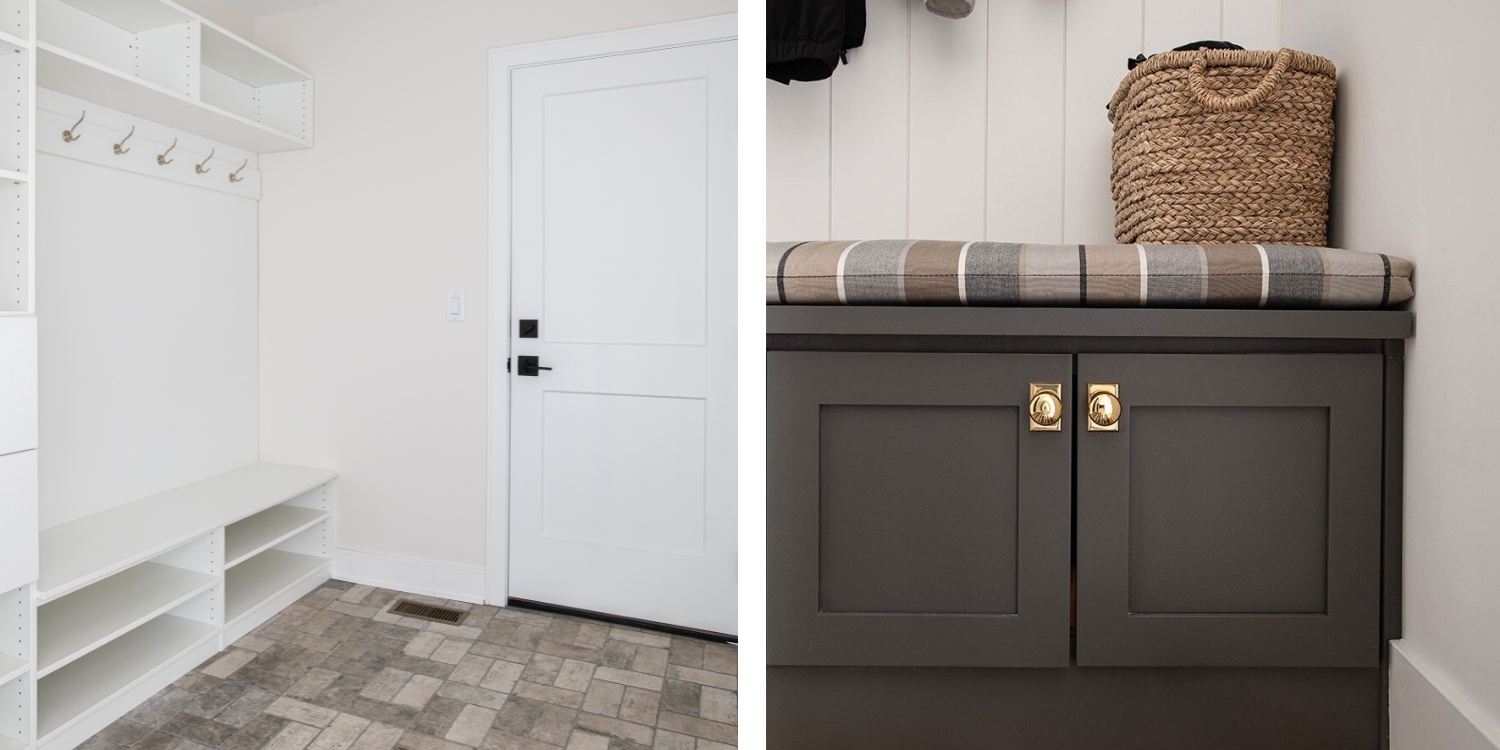
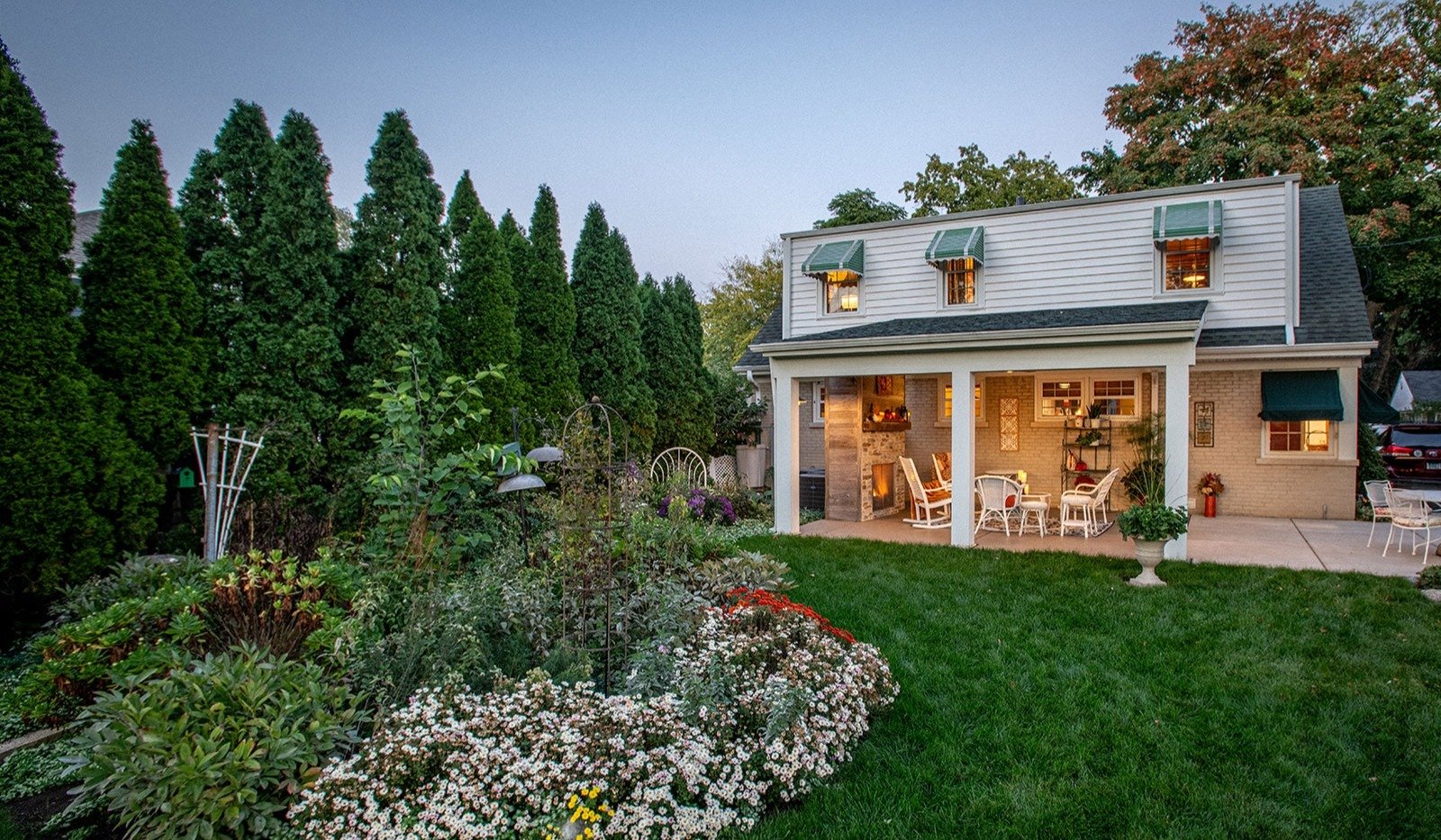
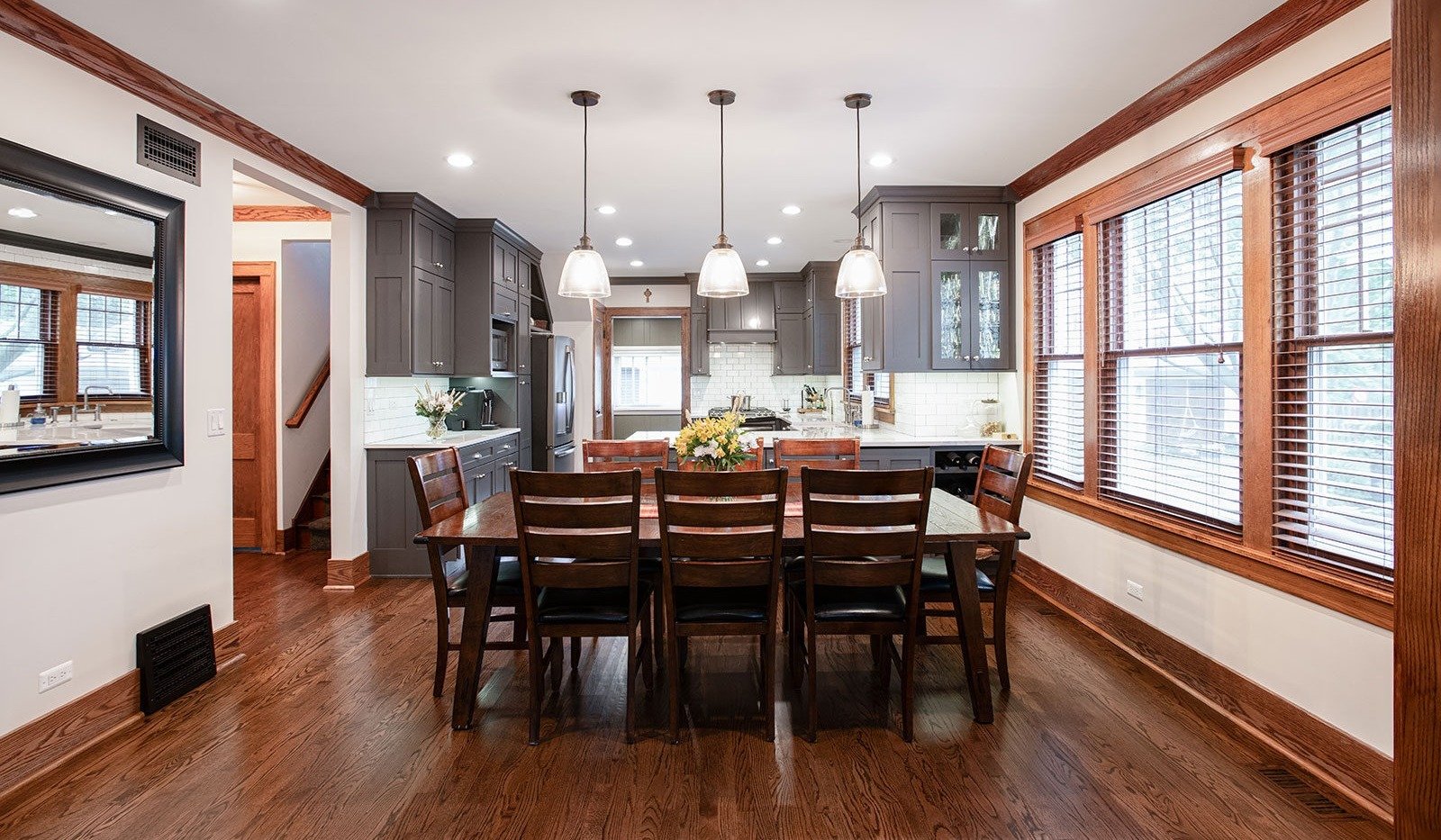

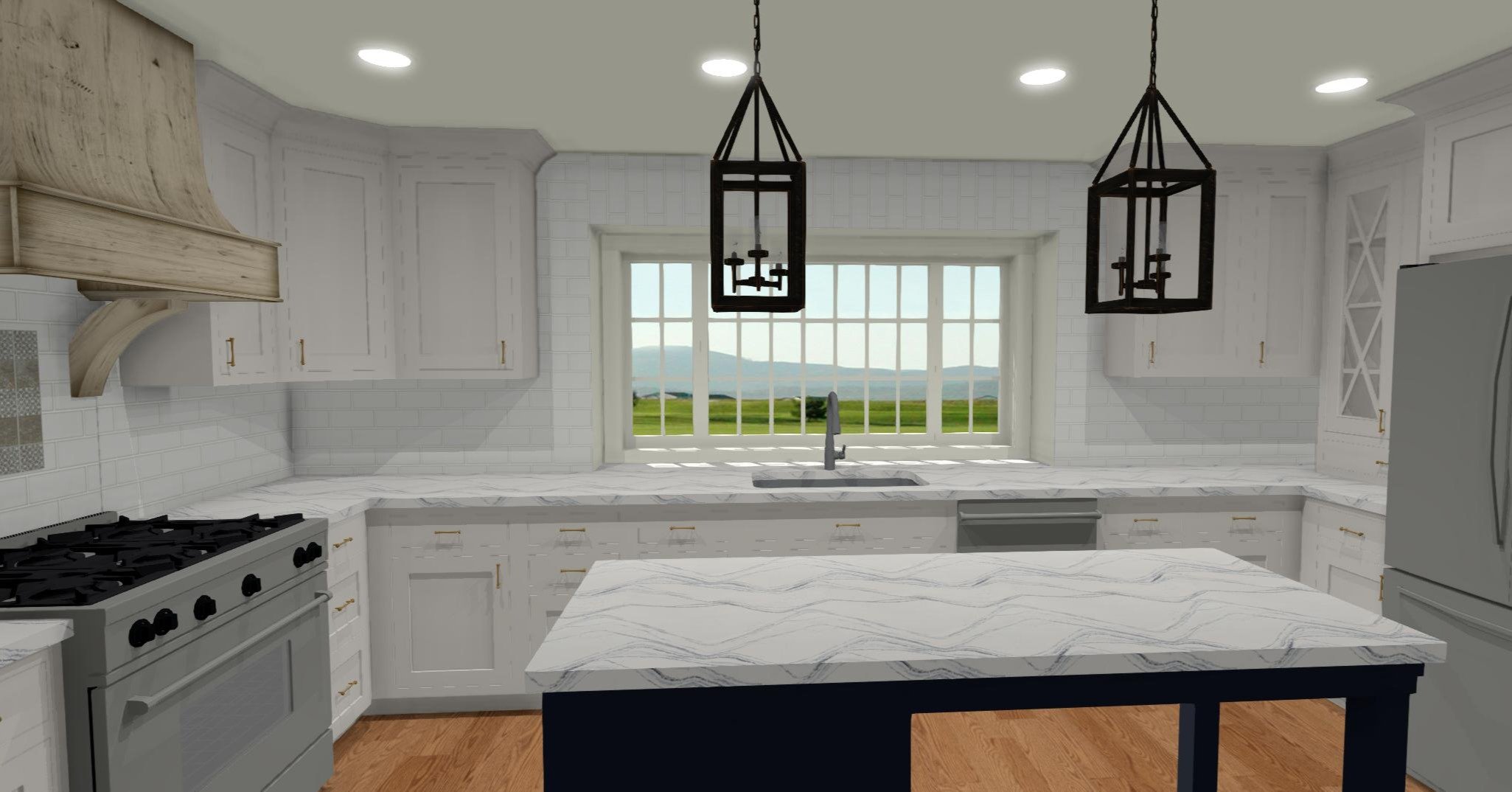
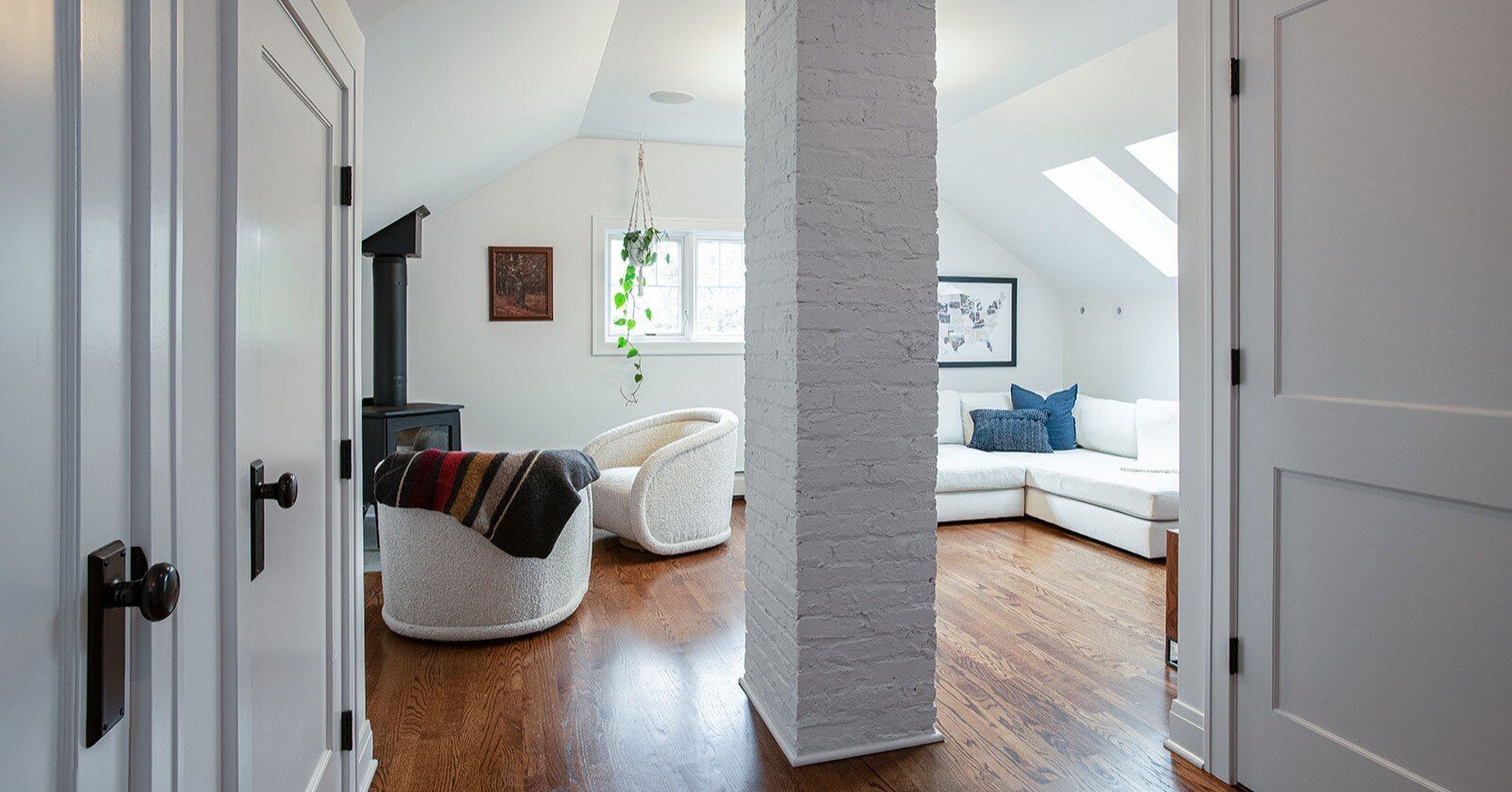
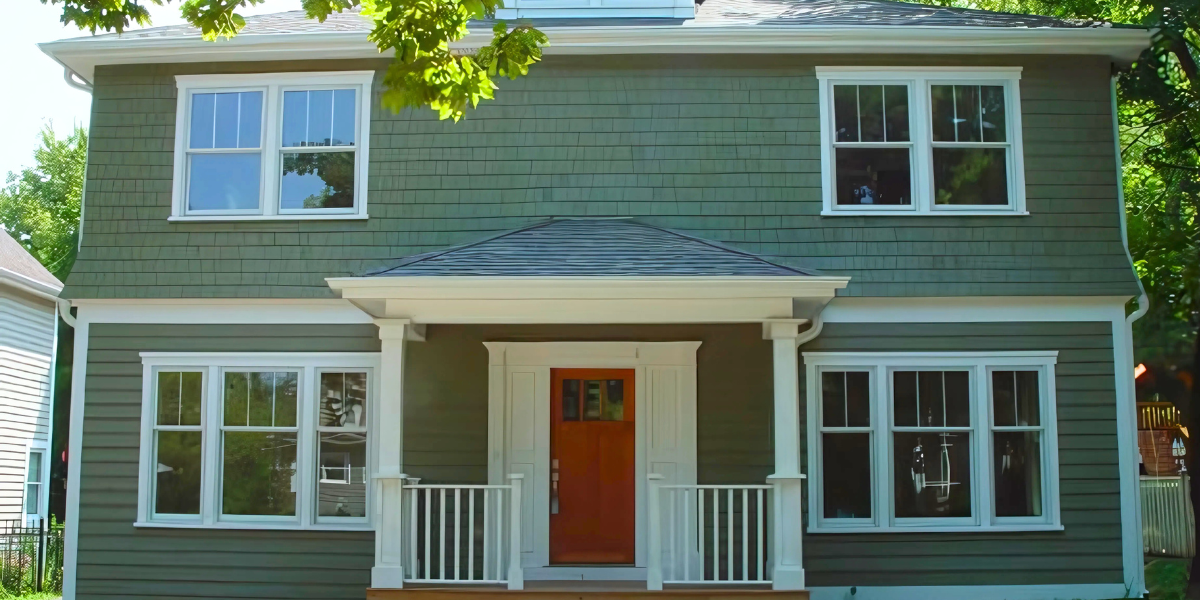
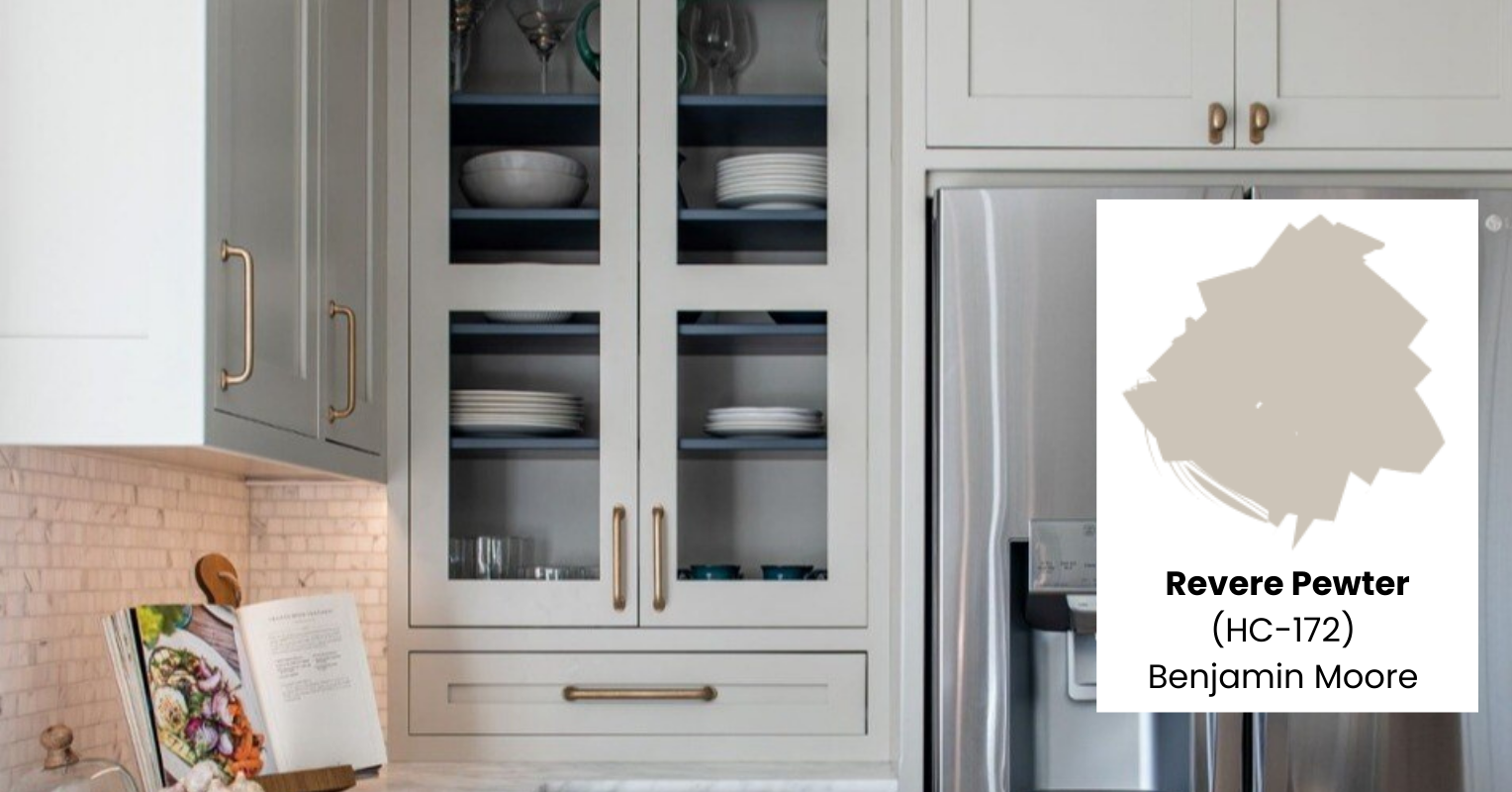
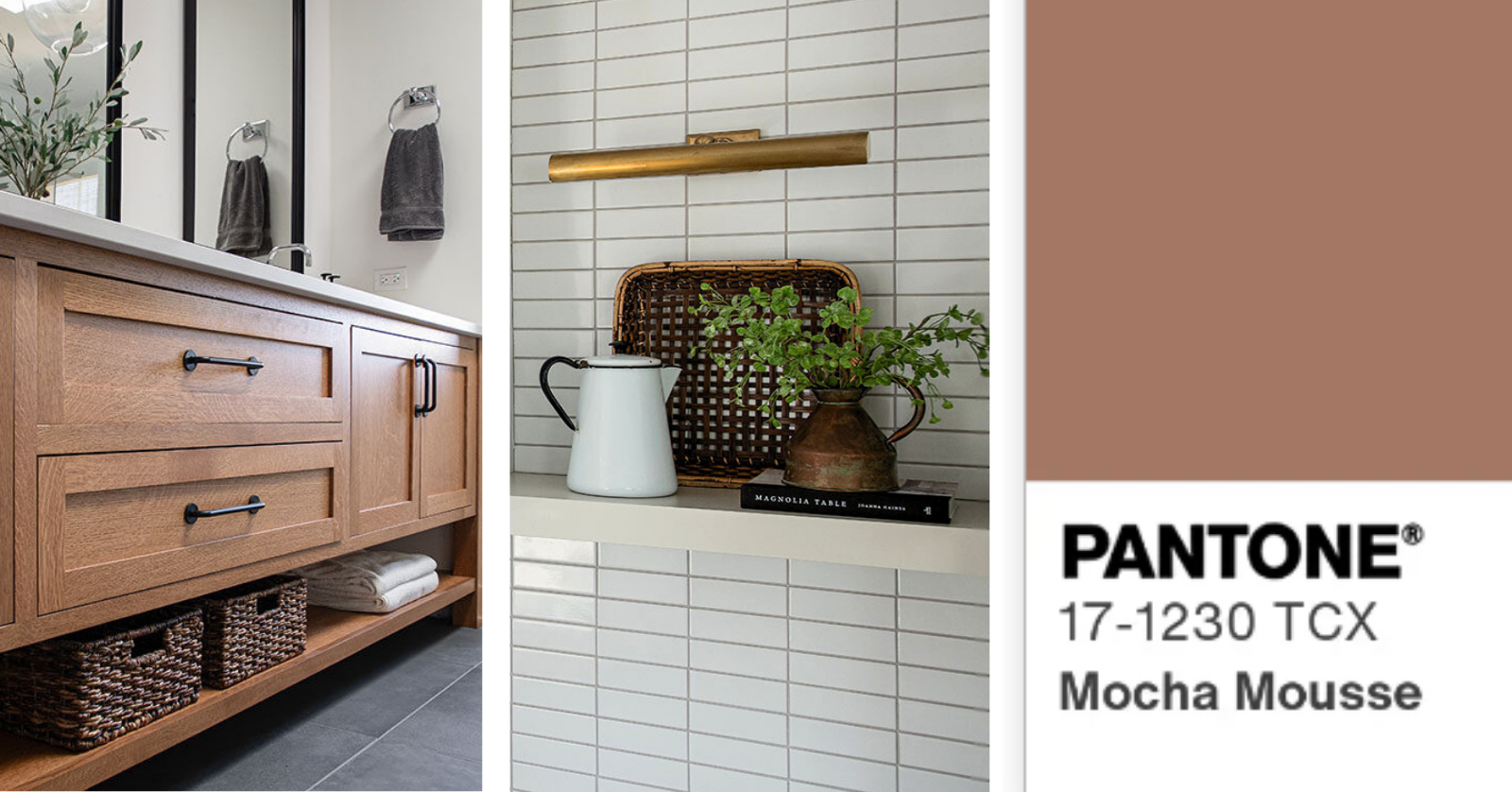
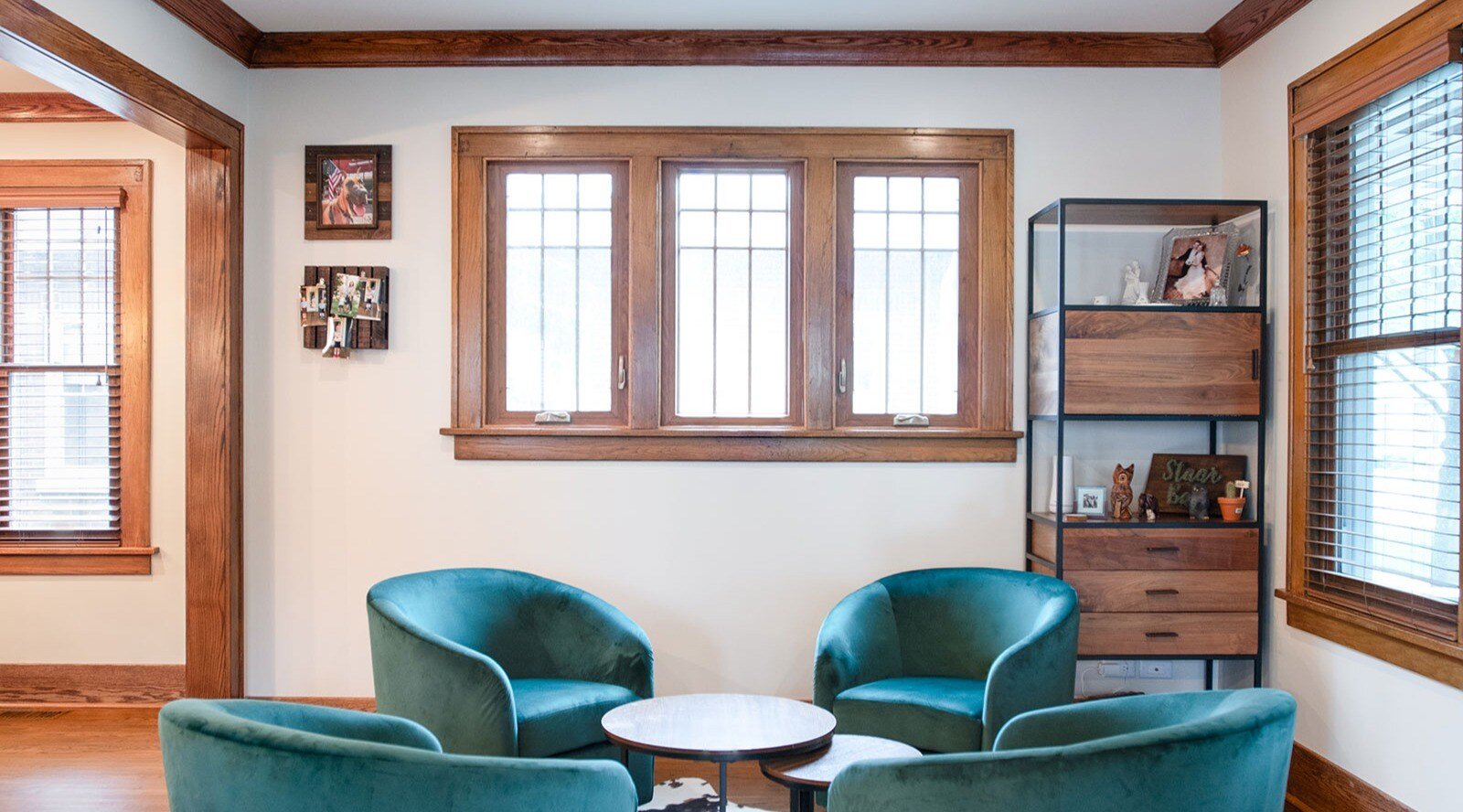

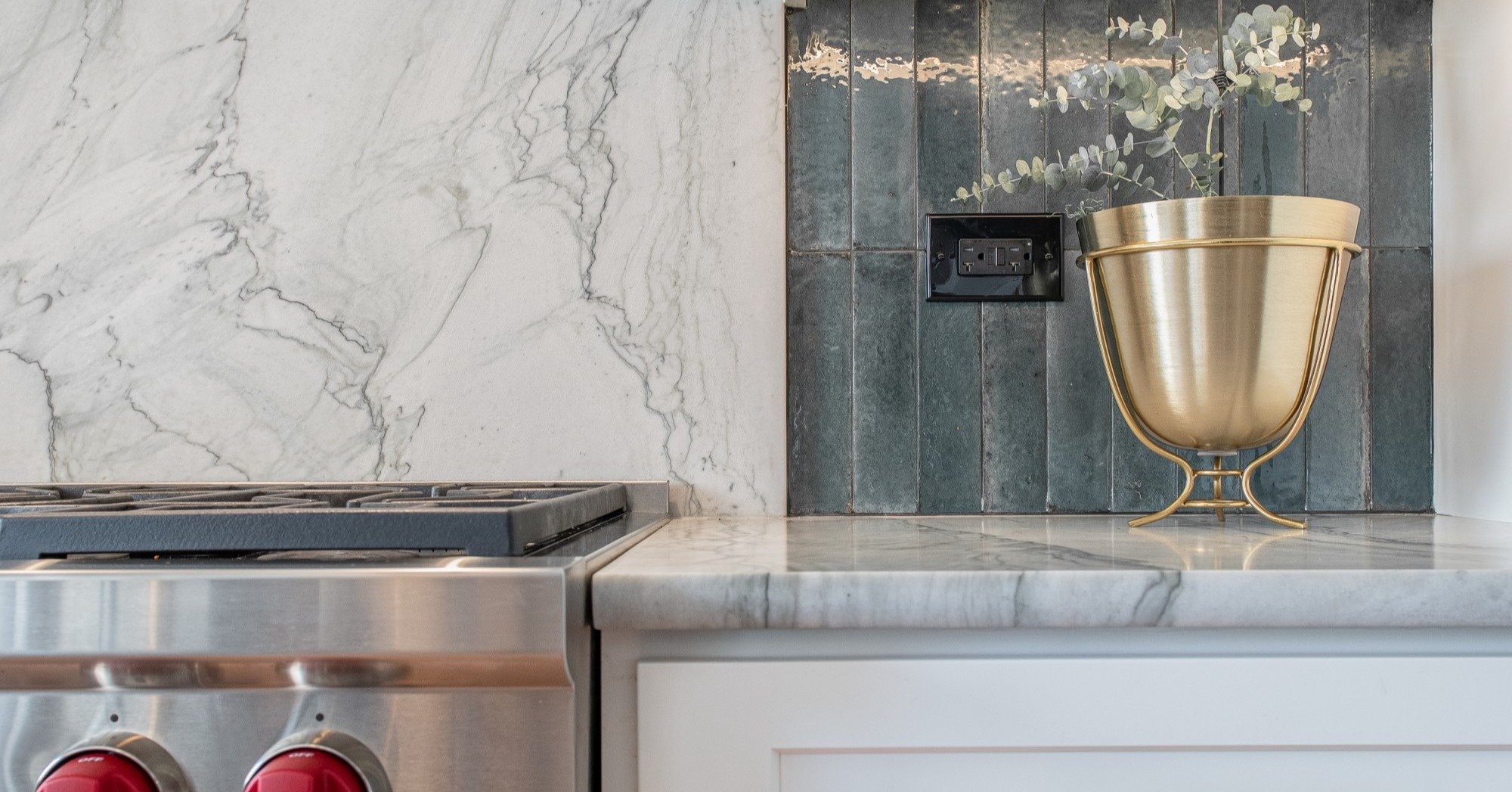
![How to Design an Open Floor Plan for Entertaining: Key Considerations [+Tips]](https://www.patrickafinn.com/hubfs/images/portfolio/Transitional%20First%20Floor%20Renovation/Arlington-heights-open-floor-concept-1.jpeg)
